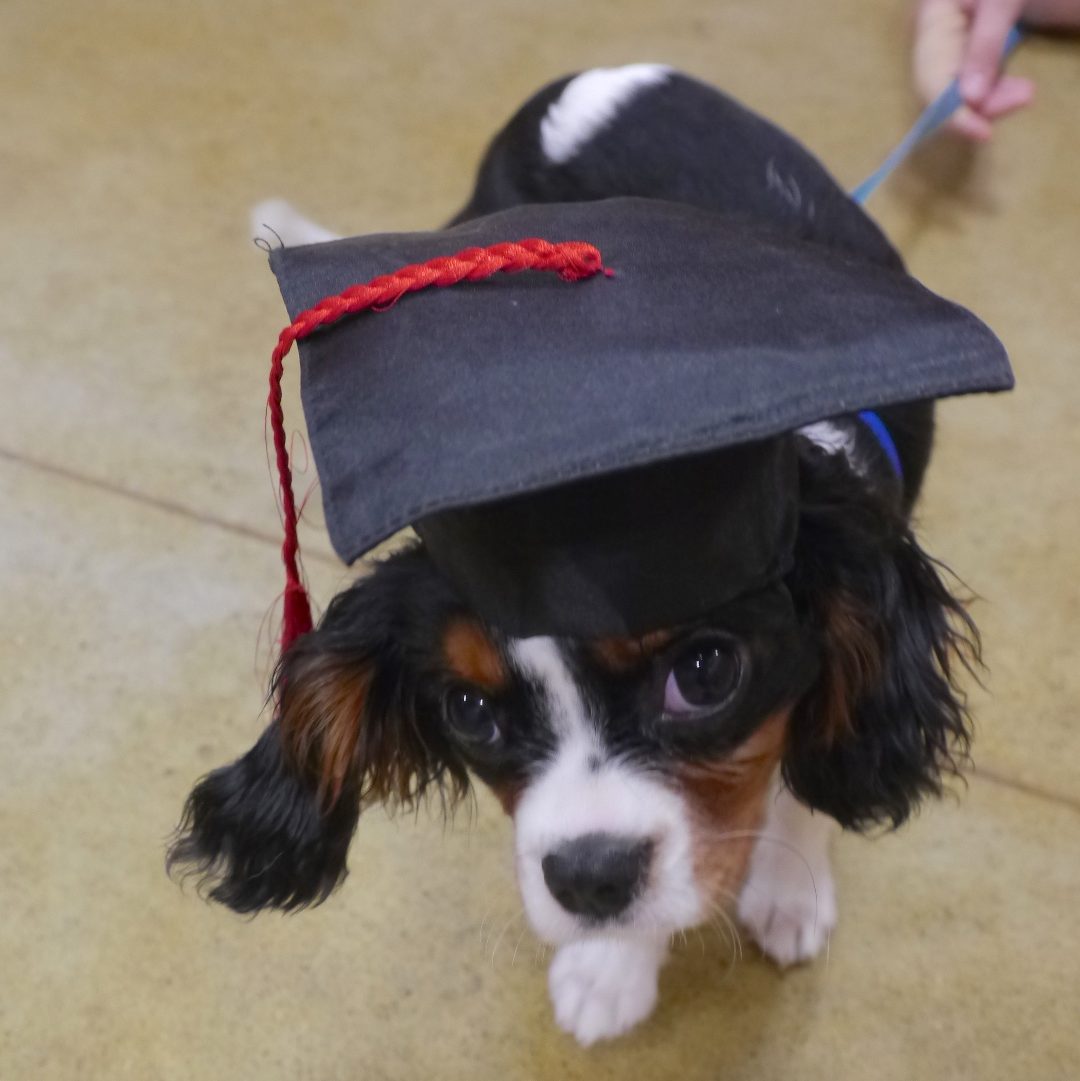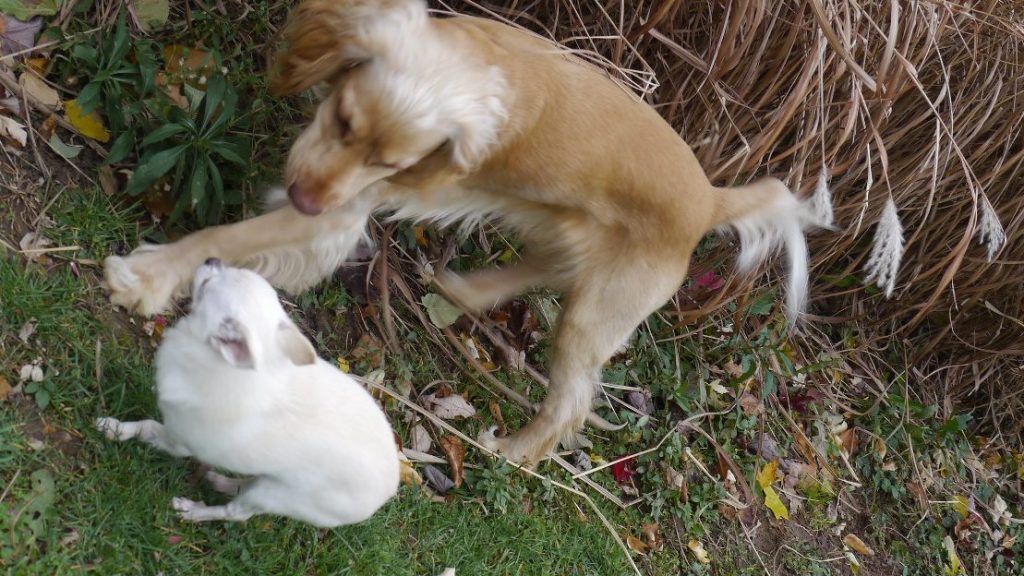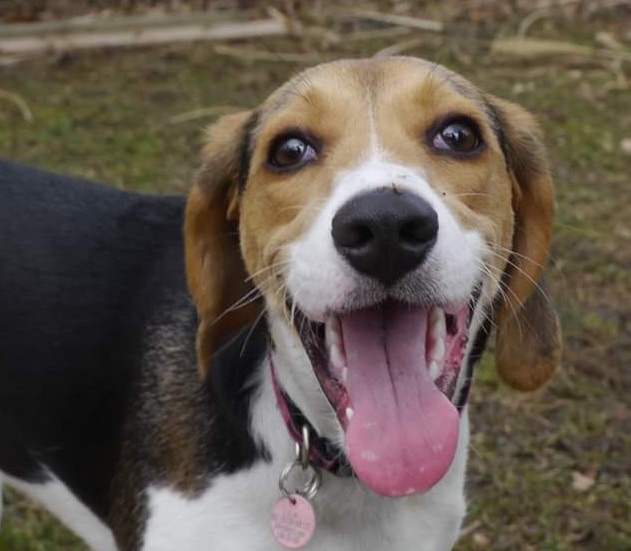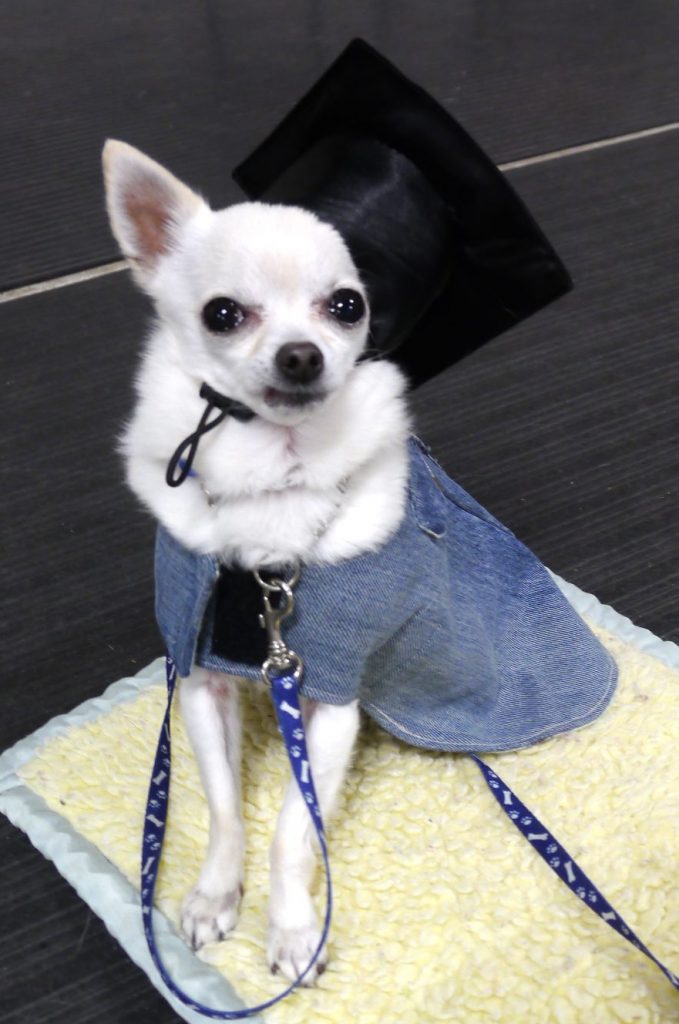It’s been five years since I started formally training dogs and their human companions. I started working full-time with dogs in various capacities more than ten years ago. Dog training is one of those professions where “the more you know, the more you realize you don’t know.” Why is that true?
Dog Training is a State of Mind
The first reason is that dogs are individuals. Yes, they ae all dogs. Yes, a beagle will have beagle-like attributes, and poodles will have poodle-like attributes. Its also true that every dog is a product of their individual experiences over the course of their life as well as their genetic makeup and breed inclination. They are sentient beings. They change over the course of their lives.

What does that mean for dog trainers? A lot. We meet a dog at a certain moment in their life, whether that be in puppyhood, as an adolescent, or as an adult. We are invited to work with their caretakers to effect a change in the dogs behaviour. As soon as those changes take effect, and especially if they don’t, a dog trainer is called upon to modify, enrich, change techniques and flow with the individual dog and their team to continue to strive towards whatever objective has been set. By its very definition, the training goal is a moving target, and so is the dog training task.

Many of the dog training issues we work through are the same – barking, pulling on leash, jumping, reactivity, fear and anxiety – but no dog-plus-owner teams are exactly the same. Plus, the more teams a trainer works with, the more the training challenges presented vary beyond standard issue. So it behooves the responsible dog trainer to continue to expand their repertoire of training techniques, tools and strategies.
Dog Training Immersion
During this past year, even with the stalls and stops the pandemic mandated, a rough estimate determines I have worked with approximately 200 families in training their dogs. That translates into more than 1,200 hours of formal dog training instruction. Plus who knows how many hours of individual coaching to help pet parents apply that learning to their own home life.
As a student, I participated in more than thirty hours of formal instruction in obedience, scent, flyball and agility. That translates into ten times that amount of time in practicing skills.

My work with rescue dogs also factors into dog training. I re-homed four dogs (and a number of other creatures) this past year, but not before putting them through hours and hours of training to ensure their best chance of staying in their new furever homes.
Of course, Furever Pet Care is a dog boarding business. From New Year 2020 to early spring, the house was full to capacity. Summer saw reduced numbers, but a nice flow of visitors. Starting in the fall of 2020, I brought back daycare and playdate opportunities as a response to the COVID effect on dog boarding. I am privileged to have hosted a wonderful pack of puppies and dogs on a weekly basis. Hosting boarding, daycare and playdates is like having a real-life laboratory to hone skills as an observer and shaper of dog behaviour.
Time To Expand The Dog Training Repertoire
Pandemic wave two sees us again in a lockdown situation. People want to see this virus gone, as do I. That means we’ll not be hosting many dogs here at Furever Pet Care for a while, nor will I be instructing classes at the local pet store. The silver lining lies in the time available to immerse myself in dog training skills to expand my repertoire.
I have always been a learning geek. I love research. I love watching dogs. I love working with dogs. I very much enjoy sharing that passion with like-minded humans. As much a I am super-bummed at the reason for being house-bound, there is a part of me that revels in the opportunity to create my own one-person dog training university here in the living room.
Winston Churchill is attributed with the quote “Never let a good crisis go to waste.” Thanks for the perspective Winnie, I will do my best to put time to good use.


